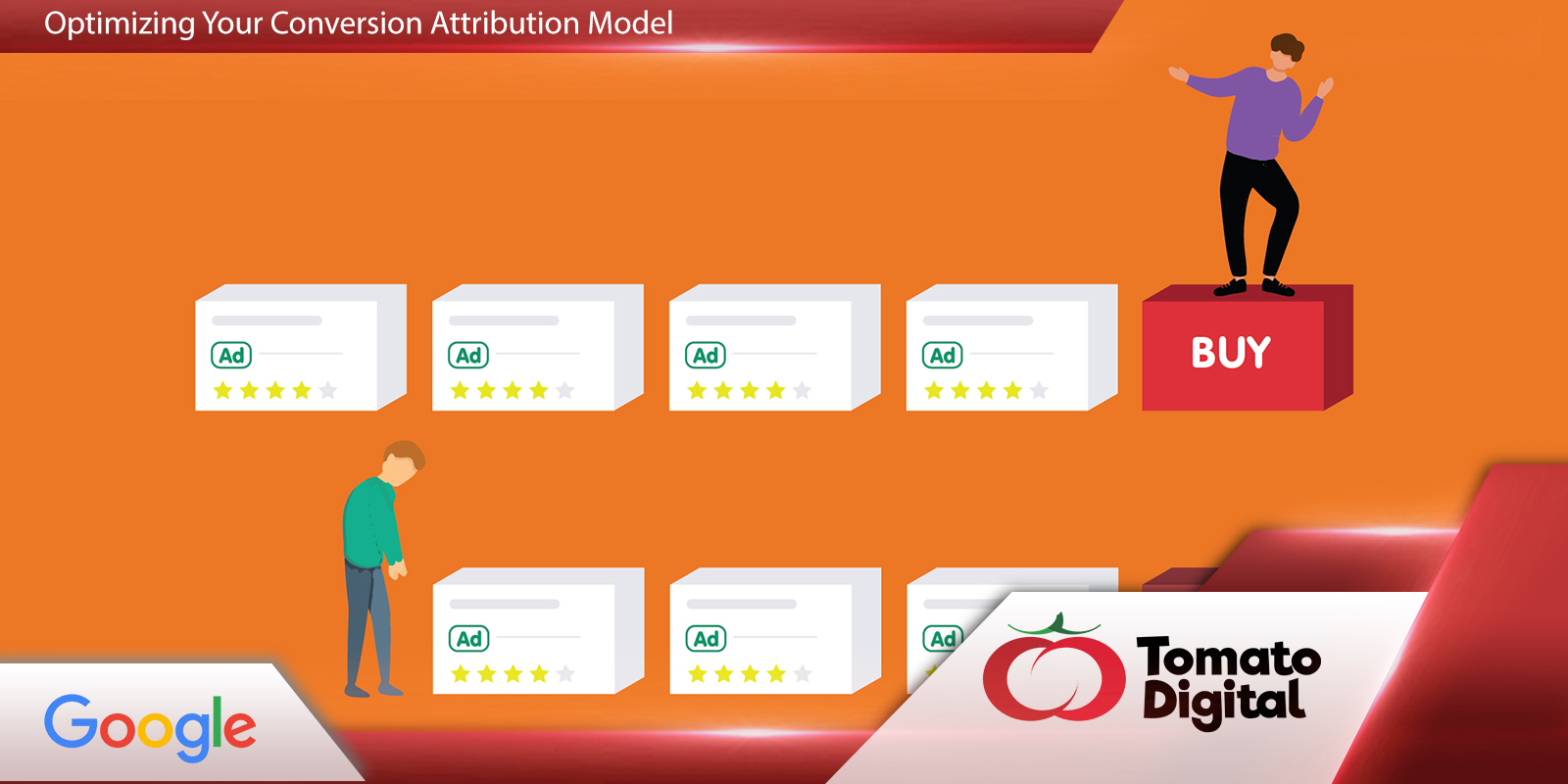In the last article Optimizing Ads Performance Starts With Google Analytics Attribution, we can understand the concept of attribution models, the timing of the application of different attribution models, and the proportion of credit calculated, and use the data of the attribution model to adjust advertising. Optimize advertising by the content of machine learning, so that the effectiveness can be even better!
Optimization Guidelines for (Search) Conversion Attribution Models
Step 1: Change the attribution model
Changing the attribution model is super simple, it can be done easily with one button! Note that if there are multiple conversion actions, such as making a call, click on Line, etc. — each conversion action needs to be set!
Account> Tools> Conversion> Select the conversion action you want to change> Attribution Model
Step 2: Stand for two to four weeks during machine learning
After adjusting the attribution mode, you need to stand the system for 2-4 weeks, allowing the machine to have enough time to learn the new attribution model. Therefore, it is recommended not to change the account bids or settings during this period to avoid affecting machine learning!
Step 3: Check the effectiveness of the conversion attribution model
In addition to the standstill period of machine learning, you also need to consider the number of days of conversion delay (lookback windows). Therefore, the correct way to measure account effectiveness should exclude the conversion lookback period. The conversion lookback period is usually 30 days, which can be adjusted according to different needs. Be sure to exclude the complete lookback window when viewing. According to the timeline in the above figure, the effectiveness of 5-7 weeks should be measured in the 12th week.
Step 4: Optimization and adjustment - Adding new keywords
1. Add terms that have not been added to your account according to the search terms report.
Account> keywords> search terms
2. New common words: Starting from customer demand, add common words.
For example, on Valentine's day eve, add Valentine's Day gifts. If you can understand your customer search intent, the earlier you can make the layout, the bigger chances to let customers choose you! How to understand customer intent
3. Using Dynamic Search Ads: Capture market opportunities through the system!
For details, please refer to Dynamic Search (DSA) Ads to understand customer intentions! Get a head start!
Step 5: Optimization and adjustment - Mobile bidding strategy
According to the new attribution model, check the performance of each device. If the conversion attribution brought by mobile devices is better, you can increase the proportion of bids!
Step 6: Optimization and adjustment - Budget proportion
According to the new attribution model, check the conversion effectiveness of each campaign, and rethink the budget allocation.
For example, because of the company's characteristics, the time-declining attribution model was selected. According to the previous final click performance, the conversion was concentrated in advertising campaign A. However, after adjusting the linear model, it was found that advertising campaign B also had credit. Rethink advertising budget allocation.
- Increase budgets for better-performing advertising campaigns to capture the best conversion opportunities.
- For campaigns subject to Budget Constraint, open daily budget limits to avoid missing potential business opportunities!
Above are suggestions for optimization of attribution. Through attribution analysis, we can understand which parts need to be strengthened, focus on the parts that perform well, and adjust the parts with poor performance so that advertising performance can be better!







